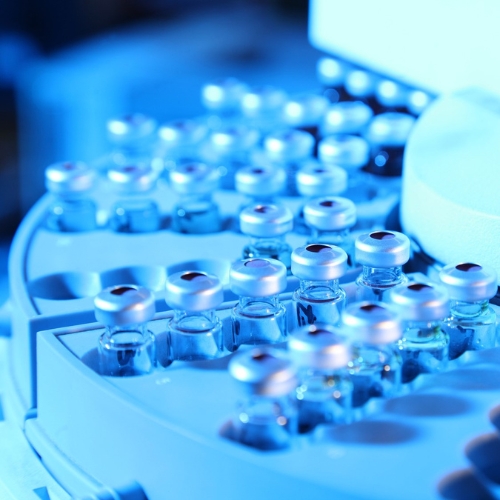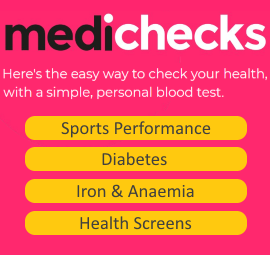Key points from article :
A team at Conceivable Life Sciences in New York has built a new automated system for use in IVF. It handles 23 critical steps of intracytoplasmic sperm injection (ICSI), a technique where a single sperm is injected directly into an egg. ICSI is usually done by hand and demands high skill. This machine still needs a person to press buttons while watching a livestream, but the robot handles the tiny, delicate movements. It even uses artificial intelligence to choose healthy sperm and a laser to stop their tails from moving, making them easier to pick up.
To test the system, researchers worked with a couple who were struggling to conceive. The man’s sperm couldn’t swim well, and the woman had problems producing eggs, so they used donor eggs. Five eggs were fertilised using the automated system. Three were fertilised the traditional way by hand. All eggs became embryos. The researchers then used another AI tool to pick the two embryos that looked best. Both came from the machine-fertilised group.
One embryo did not grow. The other was implanted into the woman and led to a healthy birth. This makes it one of the first successful births from such a highly automated system. The sample size was very small, so it’s too early to say if the robot is better than human methods. But it shows that machines can do complex IVF steps and could help reduce errors that come from human fatigue or distraction. More testing will show if this becomes a future standard.







